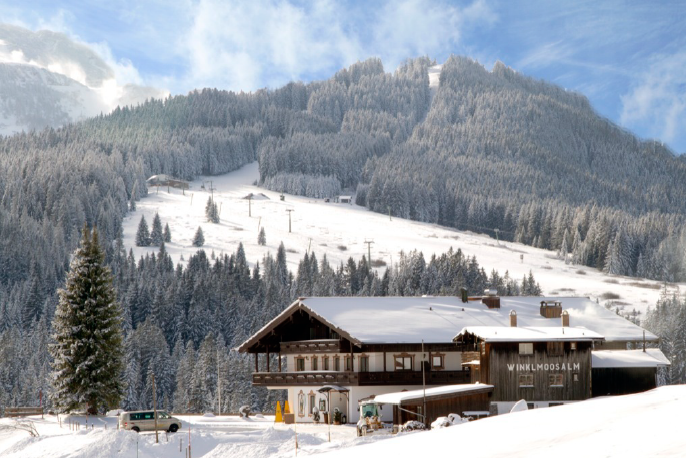Speaker
Description
The dynamics of the surface photovoltage (SPV) at the interface of SiO$_2$ and Si has been a subject of interest over the last decades [1-4]. In this contribution, we present time-resolved photoelectron spectroscopy (tr-PES) measurements on SiO$_2$/Si interfaces using a high-order harmonic generation (HHG) light source at megahertz repetition rates [5]. The observed dynamics of SPV as well as its doping and fluence dependence will be discussed in terms of the band structures and multiphoton transitions.
Charge carriers in the space charge region of n- and p-doped Si(100) (doping level $n=10^{15} cm^{-3}$ each) are excited by femtosecond laser pulses with photon energies of hυ$_{pump}$=1.2 or 2.4 eV. These excitations reduce the band bending at the SiO$_2$/Si interface, which can be monitored as energy shifts in the valence band photoelectron spectra using high-order harmonics of hυ$_{probe}$=22.6 eV. On SiO$_2$/p-Si we determined a SPV of +250 meV towards higher energies upon excitation with hυ$_{pump}$=$\,$1.2 eV, whereas on SiO$_2$/n-Si the SPV reverses its sign and has a smaller magnitude of 140$\,$meV [4]. Moreover, the SPV on the SiO$_2$/p-Si(100) interface depends logarithmically on the fluence for ϕ<2$\,$nJ/mm$^2$ and ϕ$\,$>100 nJ/mm$^2$ [1-3], whereas it stays nearly constant in the intermediate fluence range. In strong contrast, for excitation with higher photon energy of hυ$_{pump}$=2.4 eV, we observed only a logarithmic fluence dependence before its saturation at 350$\,$meV at ϕ=20 nJ/mm$^2$.
[1] L. Kronik, Y. Shapira, Surf. Sci. Rep. 37, 1 (1999).
[2] W. Widdra, D. Bröcker, T. Gießel, I. V. Hertel, W. Krüger, A. Liero, F. Noack, V. Petrov, D. Pop, P. M. Schmidt, R. Weber, I. Will, B. Winter, Surf. Sci. 543, 87 (2003).
[3] D. Bröcker, T. Gießel, W. Widdra, Chem. Phys. 299, 247 (2004).
[4] H. Sezen, S. Suzer, J. Chem. Phys. 135, 141102 (2011).
[5] C.-T. Chiang, M. Huth, A. Trützschler, M. Kiel, F. O. Schumann, J. Kirschner, W. Widdra, New J. Phys. 17, 013035 (2015).

